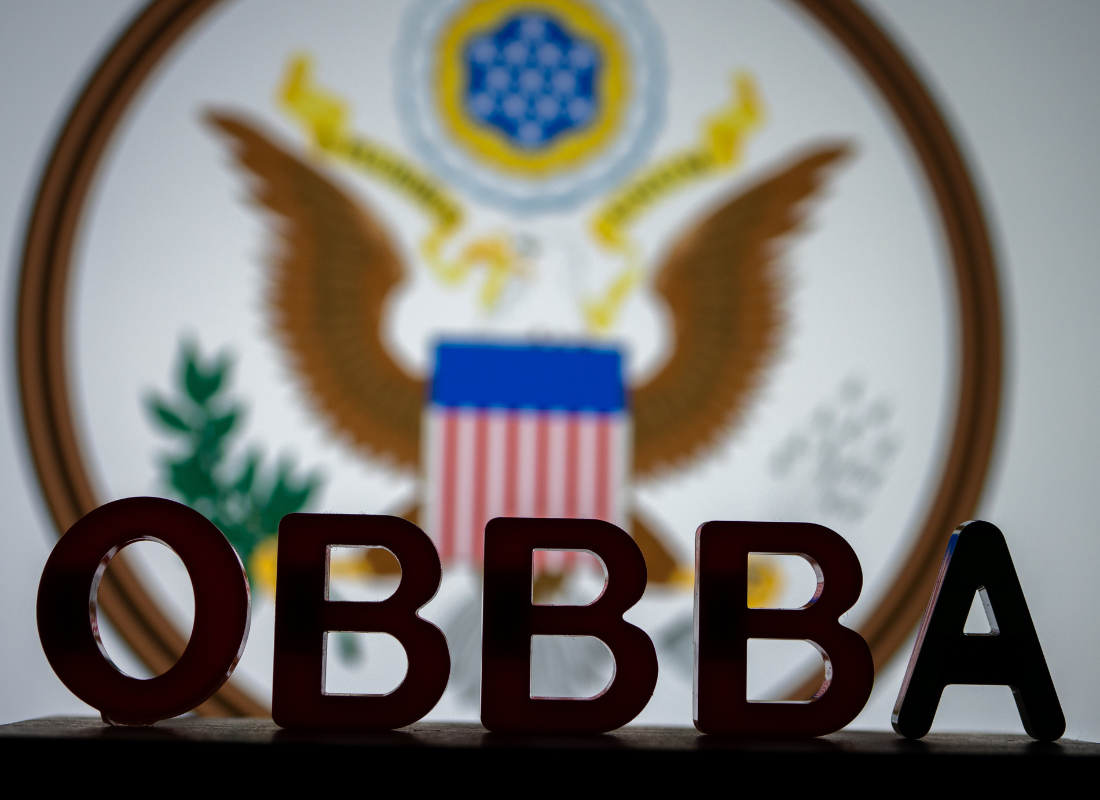Time to Implement GASB 84: What’s New, What’s Next
Originally published on May 27, 2021
Updated on December 4th, 2024
There are countless challenges facing institutions of higher education in 2021. For those who follow governmental accounting standards, they must also implement GASB Statement No. 84, Fiduciary Activities.
All entities who follow this accounting standard system must implement the new standard for reporting periods ending after December 15, 2019, or fiscal year 2021 for all June and September year-ends. This means they will need to have a plan in place now for implementation of the standard.
What’s new?
GASB 84 was issued with the goal of improving financial reporting by properly identifying all of a government’s fiduciary activities, determining the type of fiduciary fund used to report each fiduciary activity, and presenting the financial statements of fiduciary funds appropriately.
The standard creates a framework by which governments can determine whether an activity is a fiduciary activity that is to be reported in a government’s fiduciary funds. Determination of how these activities are reported depends on whether the activity is a legally separate entity that qualifies as a component unit of the government and whether the activity is a pension or OPEB arrangement.
Whether a component unit is considered a fiduciary component unit under GASB 84 depends on the structure of the plan arrangement. If an organization administers a pension plan or OPEB arrangement through a trust or equivalent arrangement of the corresponding standards. Pension and OPEB arrangements that do not meet the definition of a component unit would be included as fiduciary activity if the government controls the assets of one of the arrangements.
When identifying component units that are not pension or OPEB arrangements, the government must determine whether the assets are either:
- Administered through a trust or equivalent arrangement where the government is not a beneficiary, the assets are dedicated to providing benefits per the terms, and the assets are legally protected from the government’s creditors
- Held for the benefit of individuals, but not derived from the government’s own source revenue, and over which the government has no direct financial involvement
- Held for the benefit of organizations or governments that are not part of the reporting entity and not derived from the government providing goods and services to the benefit recipients.
What if the activity does not qualify as a component unit? In these cases, GASB 84 provides a set of criteria to determine whether the activity warrants separate reporting as a fiduciary activity.
- Control – The government must control the assets associated with the activity. If the government holds the assets or can direct their use, exchange or employment to provide benefits to the intended recipients, the government has control. Investment is given as an example of employing an asset.
- Source – The assets in question cannot be derived from a government’s own source revenues or government-mandated or voluntary nonexchange transactions. This means a university’s athletics fees and endowment contributions would not be considered a fiduciary activity. However, pass-through grants that the government does not have administrative or direct financial involvement with should be treated as fiduciary activities.
- Administration/beneficiaries – This criterion is multifaceted and can be met in any of the three ways specified in the standard:
- Assets may be administered through a trust or similar arrangement provided that the government is not the beneficiary of the trust and the trust assets are dedicated to providing benefits per the trust terms and legally protected from the government’s creditors
- Assets are for the benefit of individuals, and the government has no administrative or direct financial involvement with the assets. Again, these assets cannot be derived from the government providing goods or services to the individuals for whom the assets are intended to benefit.
- Assets are for the benefit of organizations or other governments not included in the reporting entity (rather than for the benefit of individuals) and were not raised from the government providing goods or services to the organizations or governments that the assets are intended to benefit.
All three criteria must be met to be classified as a fiduciary activity under GASB 84.
Once an activity is determined to be a fiduciary activity, you must determine the relevant type of fiduciary fund. GASB 84 provides for four types: pension (and OPEB) trust fund, private purpose trust fund, investment trust fund, and custodial funds. Trust funds are used only to report fiduciary activities (including fiduciary component units) administered through a trust or equivalent arrangement pursuant to GASB 67, paragraph 3; GASB 74, paragraph 3; or GASB 84, paragraph 11(c). If an activity is not a trust per the relevant guidance, it is considered a custodial fund.
All of a government’s fiduciary activities and fiduciary component units must be reported in the appropriate fiduciary fund type column of the reporting government’s fiduciary fund financial statements. They are not included in the government-wide financial statements. Fiduciary fund financial statements still include a statement of fiduciary net position and a statement of changes in fiduciary net position.
Below are examples of specific considerations that should be made when preparing these statements.
- Trust funds other than those held for pension or OPEB should show liabilities to beneficiaries of a fiduciary component unit or other fiduciary activity are recognized in fiduciary funds when an event occurs that compels a government to disburse fiduciary resources. Demand for the resources being made is one type of compelling event. Situations in which no further action, approval, or condition must be taken or met by the beneficiary also meet this requirement.
- Custodial funds may have a net position. As such, additions and deductions to the net position of these funds are included in the statement of changes in fiduciary net position. In the past, this financial statement covered only the three types of trust funds.
- Additions should be reported by source in the statement of changes in fiduciary net position. This requirement includes separate display of:
- investment earnings;
- investment costs, including investment management fees, custodial fees and other significant investment-related costs (that are separable from investment earnings and from administrative costs); and,
- net investment earnings (the difference between the previous two components).
GASB 84 provides an exception to the above requirement. A single aggregated additions total and a single aggregated deductions total may be reported for a custodial fund in which resources, at the time received, are expected to be held not more than three months. The descriptions used to report the aggregated amounts should indicate the nature of the resource flows. Pension and OPEB trust funds should always report changes in fiduciary net position in accordance with Statement 67 or Statement 74, as applicable.
What’s next?
Governments and institutions of higher education should immediately begin identifying activities that may or may not have been previously reported as fiduciary activities in their statements. Consideration will also need to be given as to obtaining the required additions and deductions amounts to be disclosed on the Statement of Changes in Fiduciary Net Position. This includes potential discussions with the entity’s investment custodian to determine if the reports received from the custodian provide the necessary data to prepare the financial statements.
It is extremely important to document the conclusions made as to what activities you considered and why. Your auditors will likely need to perform some testing on both the accuracy and the process of your determination.
Remember that other departments and direct support organizations at your institution are likely going through the same situation regarding GASB 84 implementation. In fact, many of these entities may have fiduciary activities between each other. It’s best to coordinate your efforts so no stone is left unturned in identifying and properly classifying lease agreements.
Finally, reach out to your auditors. Consulting with them during the implementation process can save your team from headaches and surprises during the audit.
All content provided in this article is for informational purposes only. Matters discussed in this article are subject to change. For up-to-date information on this subject please contact a James Moore professional. James Moore will not be held responsible for any claim, loss, damage or inconvenience caused as a result of any information within these pages or any information accessed through this site.
Other Posts You Might Like

